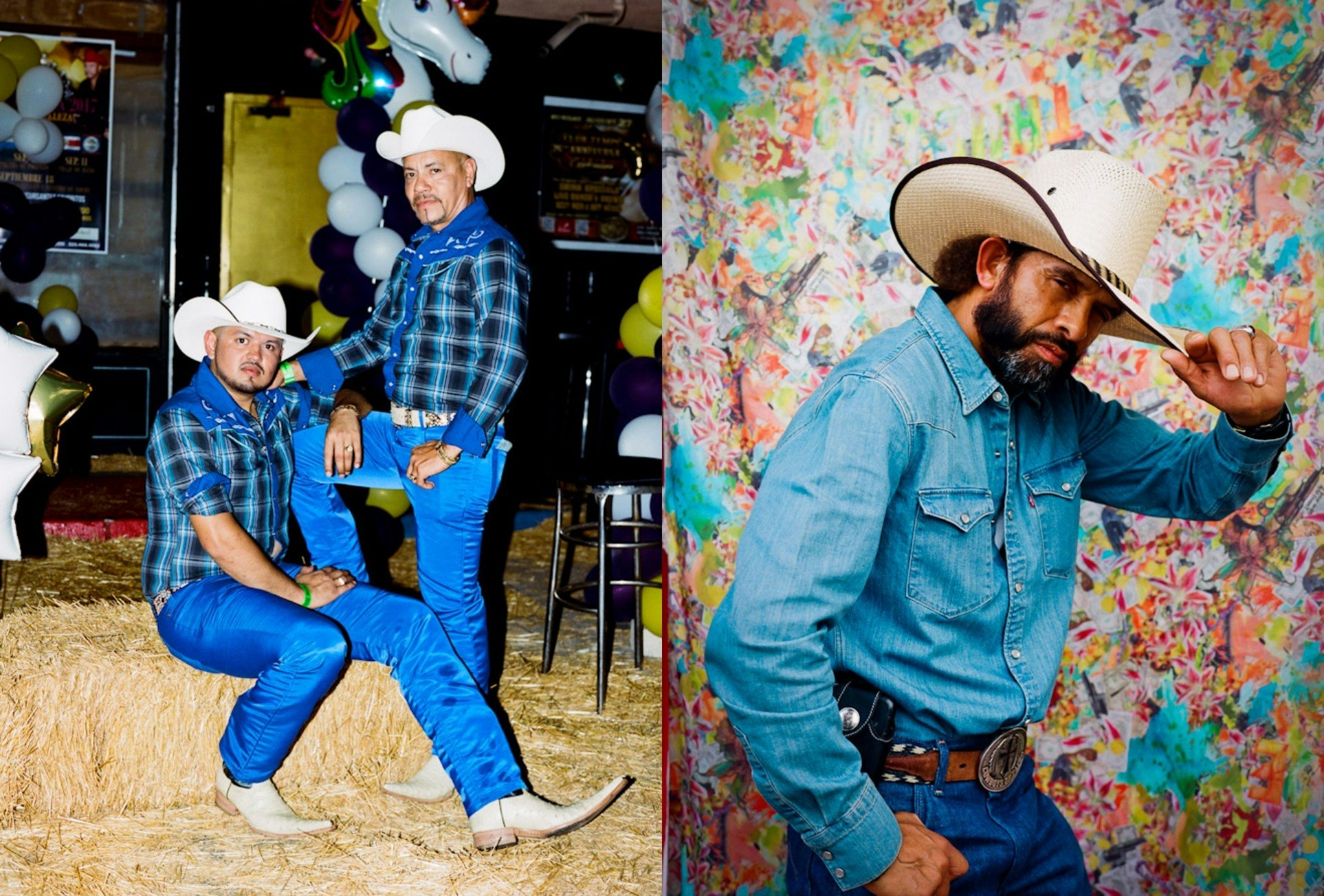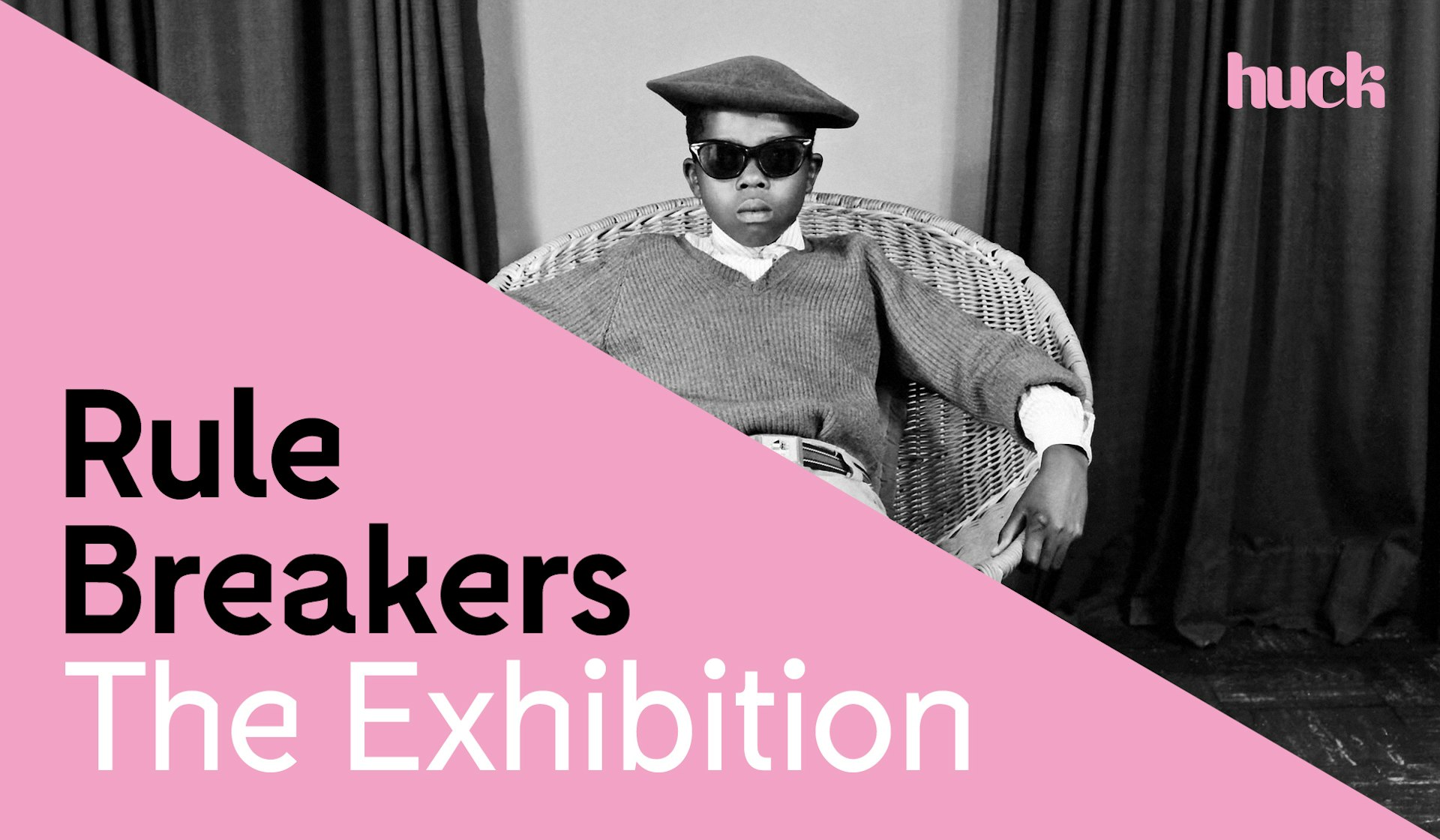
Rule-Breakers: Lessons in rebellion
- Text by Niall Flynn
As the old saying goes: the higher the risk, the greater the reward.
In The Documentary Photography Special V, we celebrate the photographers who know that better than anyone. Unshackled from the constraints of rules and tradition, these maverick storytellers have set up shop in uncharted territories. They’re changing the game; rewriting the rule book.
Ahead of the opening of Rule-Breakers: The Exhibition on 9 November – comprised of the work of the non-conformists featured in the eponymous issue – here are some of the lessons we’ve learned from those bold and brilliant boundary-pushers.
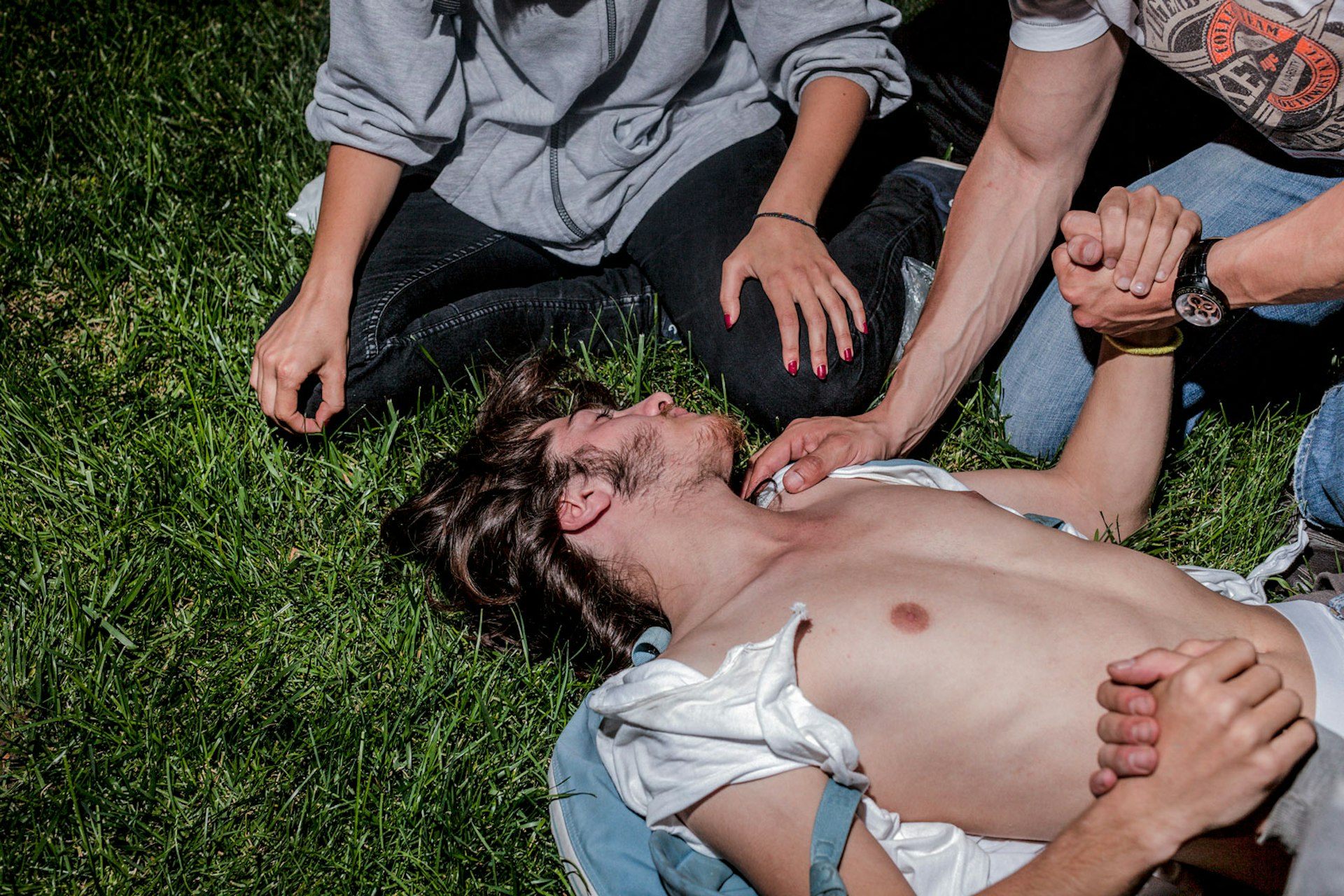
Take back control
Frustrated that publications weren’t interested in nuance, frontline photographer Guy Martin decided to take a different kind risk: he slowed down, to pursue a new kind of project, titled A Parallel State. For the British photographer – who combined images from Turkish soaps with those taken in the ‘real’ world – it was about taking back control and resetting the agenda. “Getting to a war zone is the easy bit. Paying attention to culture, language, different population mixes – all those things that a better documentarian needs to pick up on – that’s the bit that takes time.”
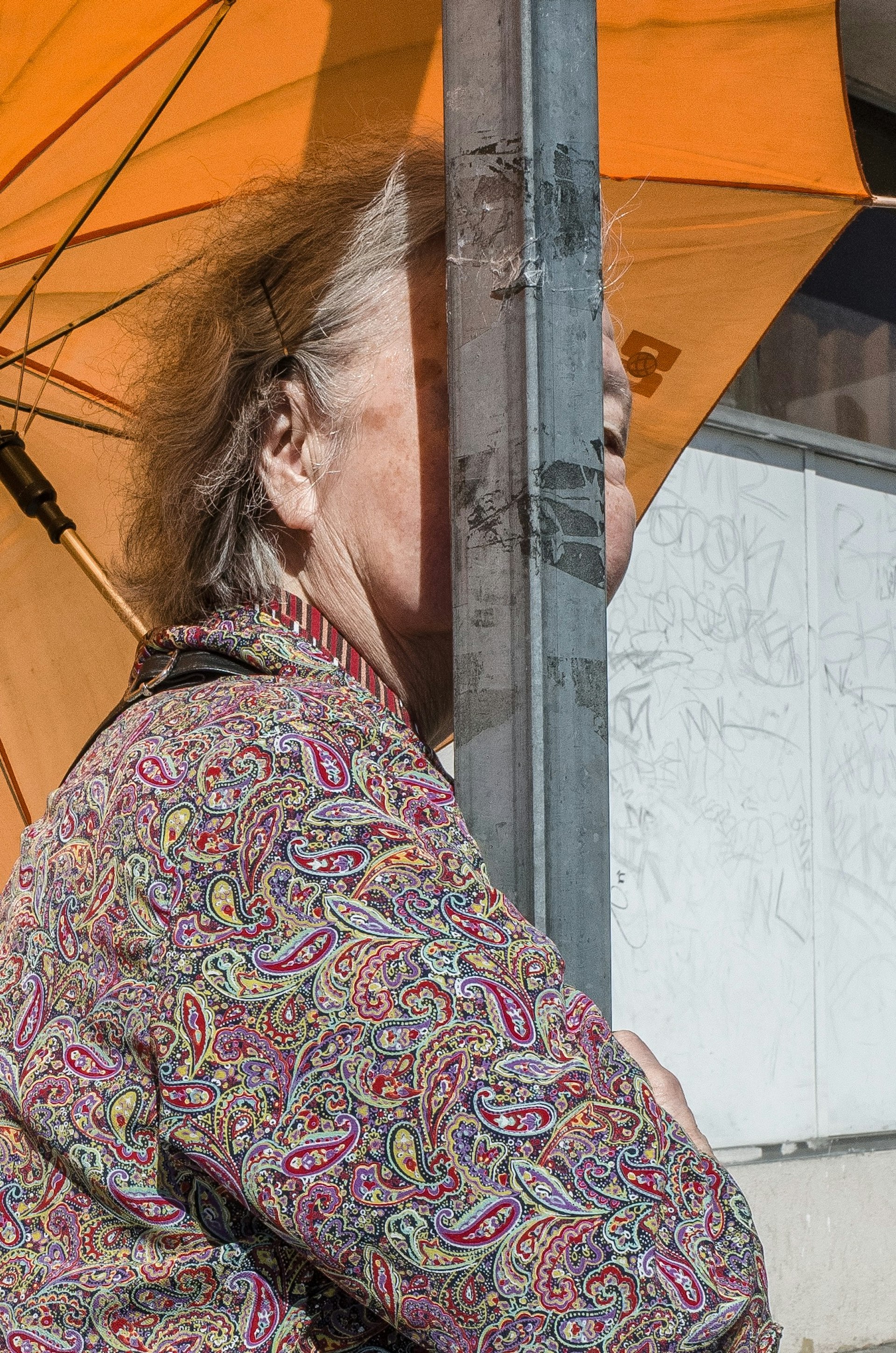
Embrace the unknown
Until 2013, Ryan Staley didn’t really take pictures. As an attorney in the field of corporate law, the two weren’t exactly a natural fit. However, when his firm issued iPhones to all of its staff, he began to experiment with photography. The result is @powercorruptionandlikes, a visual exercise in soul-searching, in which Staley uses his untrained eye to his complete advantage. “I’ve grown to appreciate that I have my own way,” he explains. “I had no formal training and was not even familiar with the work of famous photographers. There were no rules to break, because there were no rules at all.”
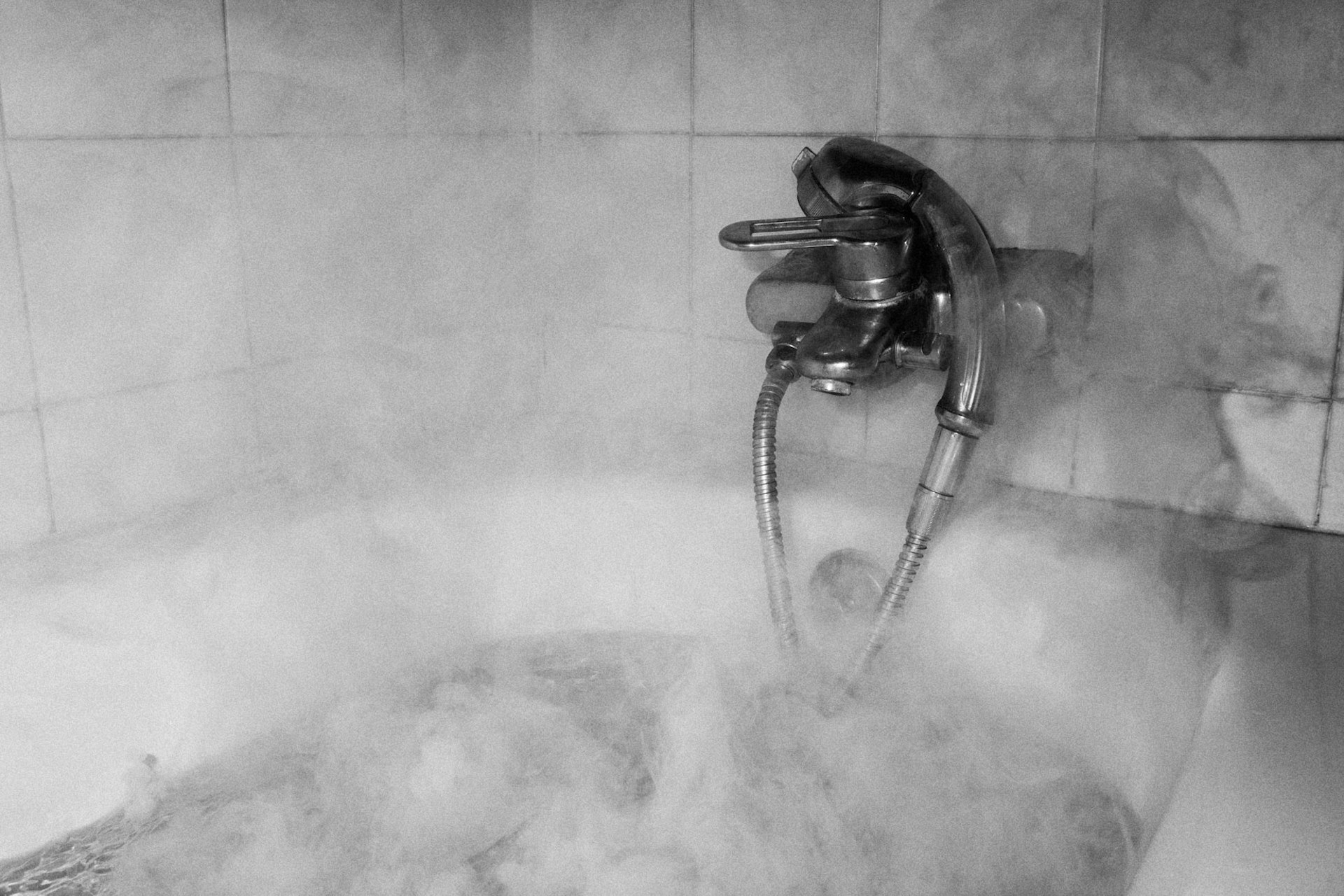
Don’t be afraid of the dark
Laia Abril used to question why she always followed the darker stories. Take, for instance, A History of Misogyny, in which the Spanish photographer maps the systems that control women’s lives, navigating the graphic and uncomfortable in her stark visualisation of global female oppression. Whatever it was that drew her to this subject matter, she doesn’t question it anymore. “I realise now that my role is to go to dark, uncomfortable and stigmatised places and digest them: to add some light and bring them to the surface so that we can try and heal together.”
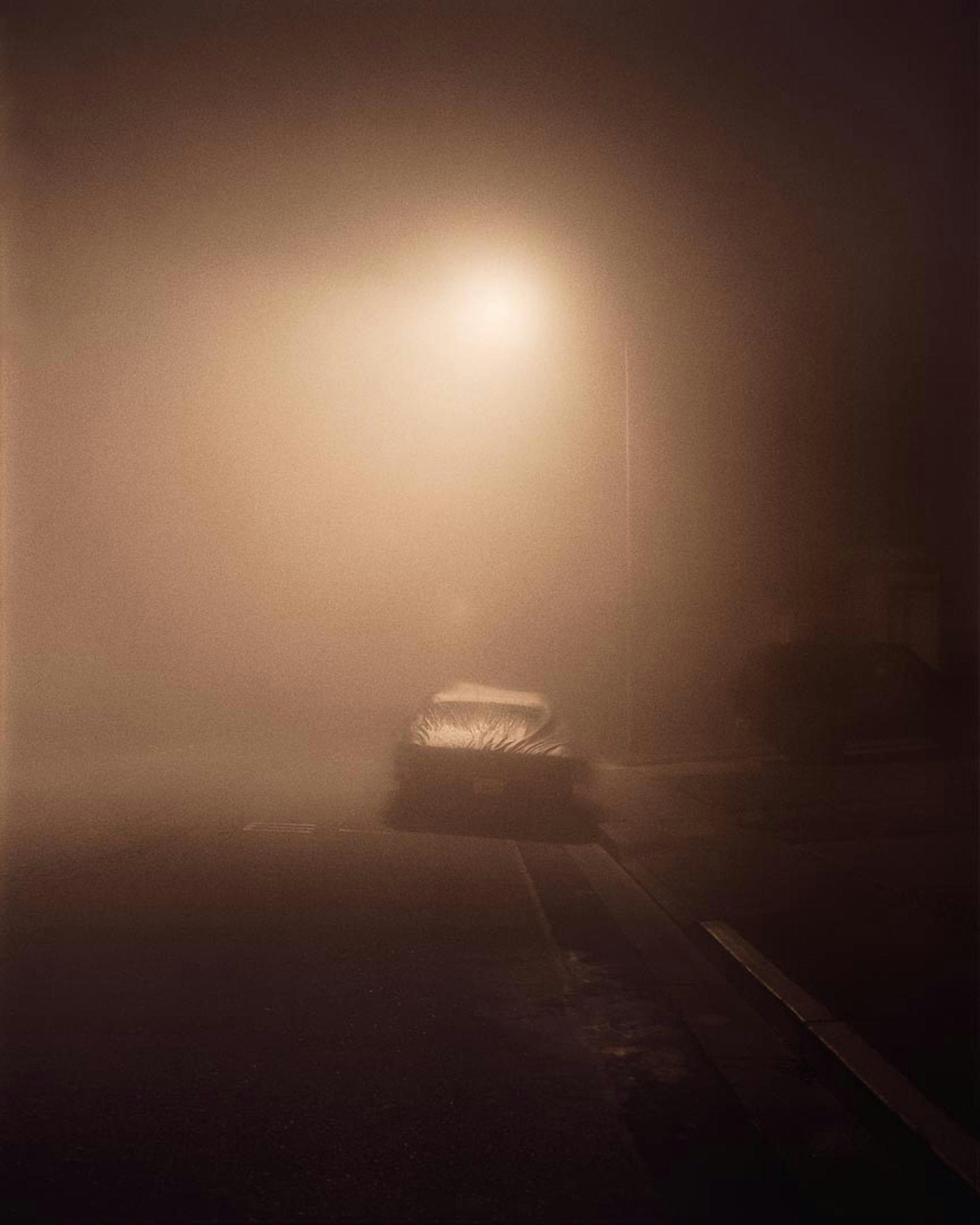
Follow your path
Few embrace creative freedom quite like Todd Hido. As an artist, the only voice he trusts and follows is his own. In Intimate Distance, such an approach is illustrated on the most glorious of scales: Hido’s images – somehow both intrusive and detached in eerie tandem – couldn’t have been taken by anyone else. This is a photographer following his path, and his alone. “Trust your instincts,” he says. “Don’t listen to many people. The less voices you have in your head, the better. Art is a subjective pursuit in whatever you think is right.”
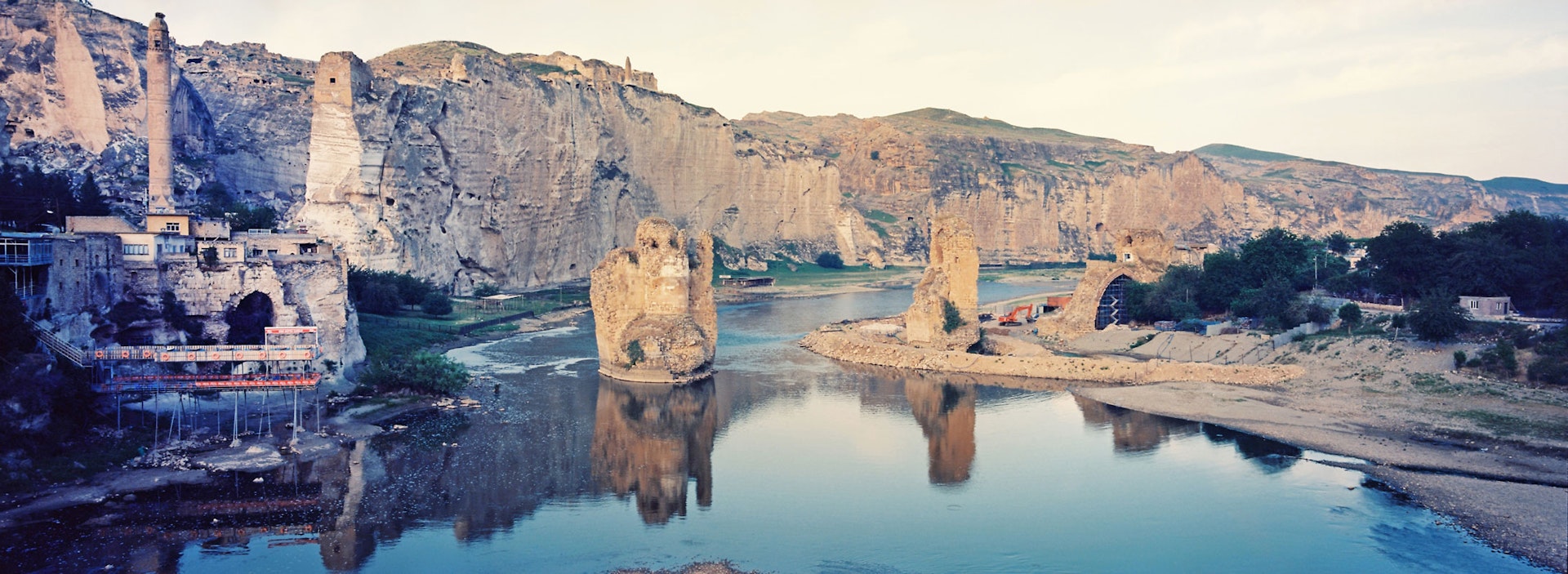
Never Give Up
Mathias Depardon was on assignment for National Geographic when he was arrested in Turkey on suspicion of being a spy. The French photographer was imprisoned for 30 days – six of which he spent on hunger strike – before he was eventually released. While many in his position would have crumbled, the French photographer never wavered. “You try to set your mind on the longer term,” he recalls. “And obviously all you do is read. It’s the only kind of metaphysical escape you have.”
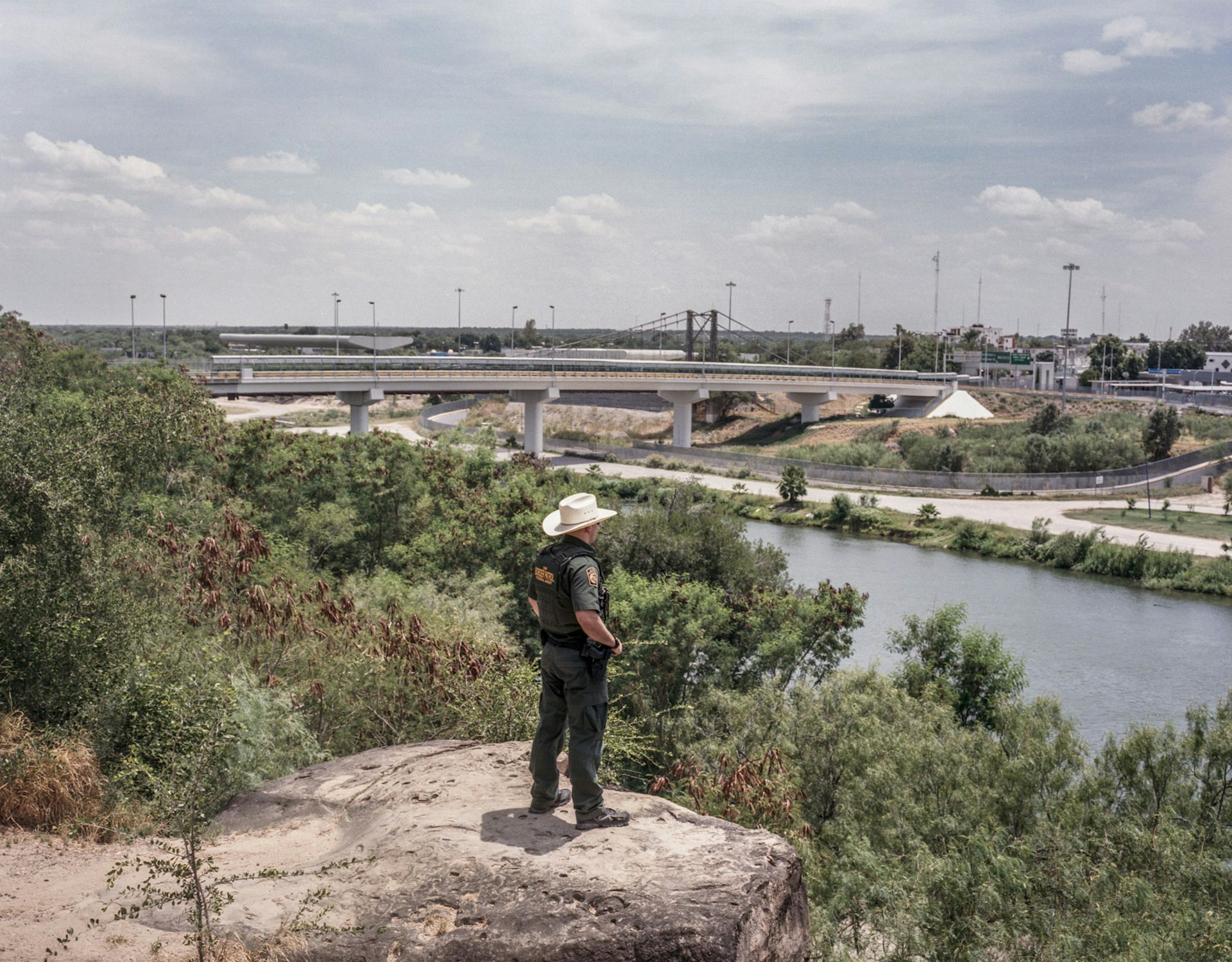
Colour it grey
Dominic Bracco II grew up in and around the in-between of the US-Mexico border. In The Backs Of Men, he turns his lens towards this space. There’s no taking of sides, nor an ulterior message, rather, a place it’s a place where fact and fiction come together to form a collective shade of grey. “My work lives in the grey space that makes everyone uncomfortable, including me,” he notes. “I’m not sure it makes a comment on anything other than the fact that we are all human and capable of doing good and bad.”
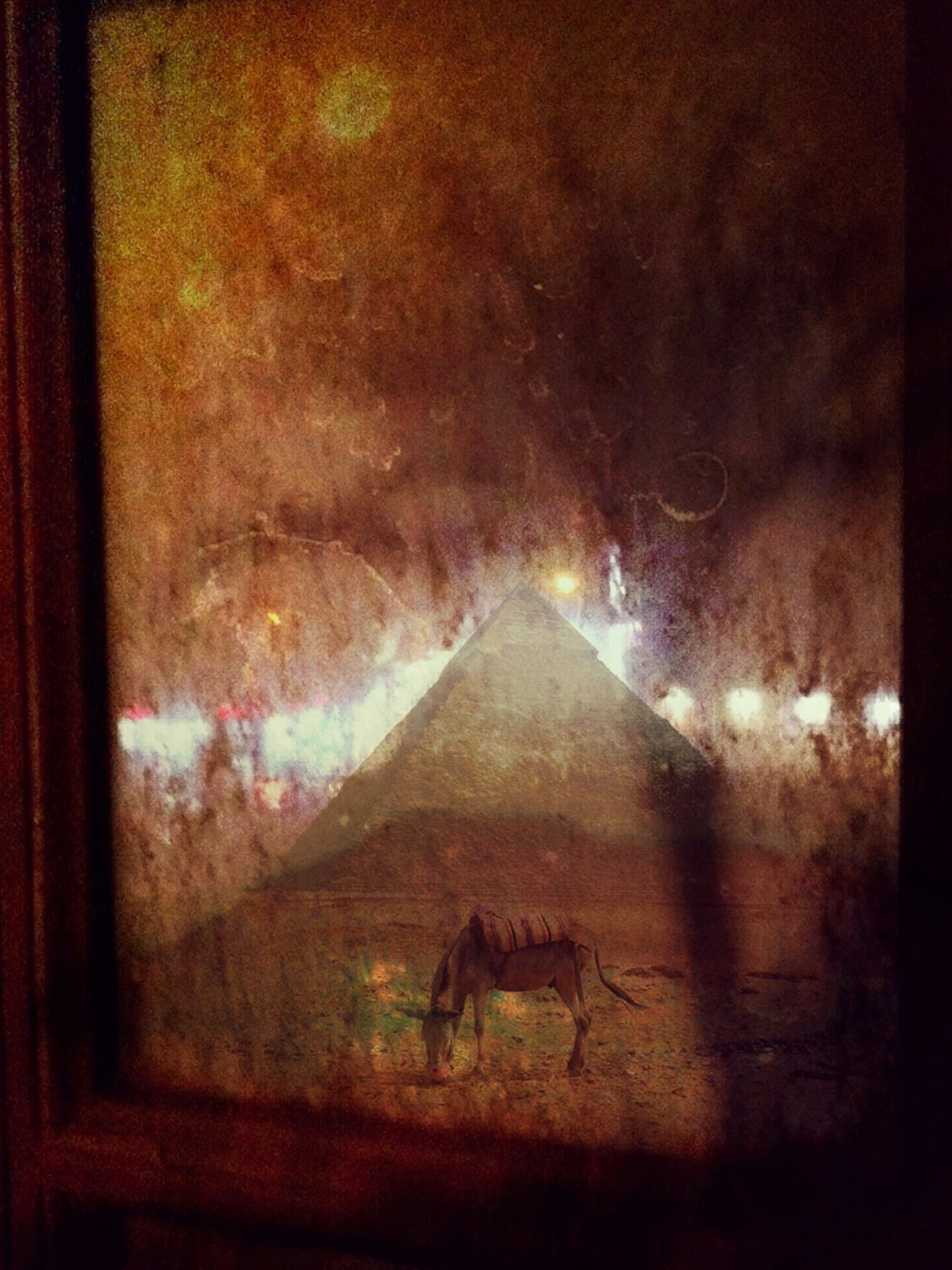
Make an impression
At the beginning of her career, editors would tell Laura El-Tatawy that her images were too experimental. However, for the photographer, it’s this commitment to impressionism that forms the backbone of her work. Through its abstract collection of other-worldly shots, her series Beyond Here Is Nothing utilises the impressionistic to encompass the fragile tension of fractured identity. It’s what makes her photography so intrinsically personal. “I still have insecurities about my work, but that’s something I want to have. That little bit of shaky ground under my feet keeps me going.”
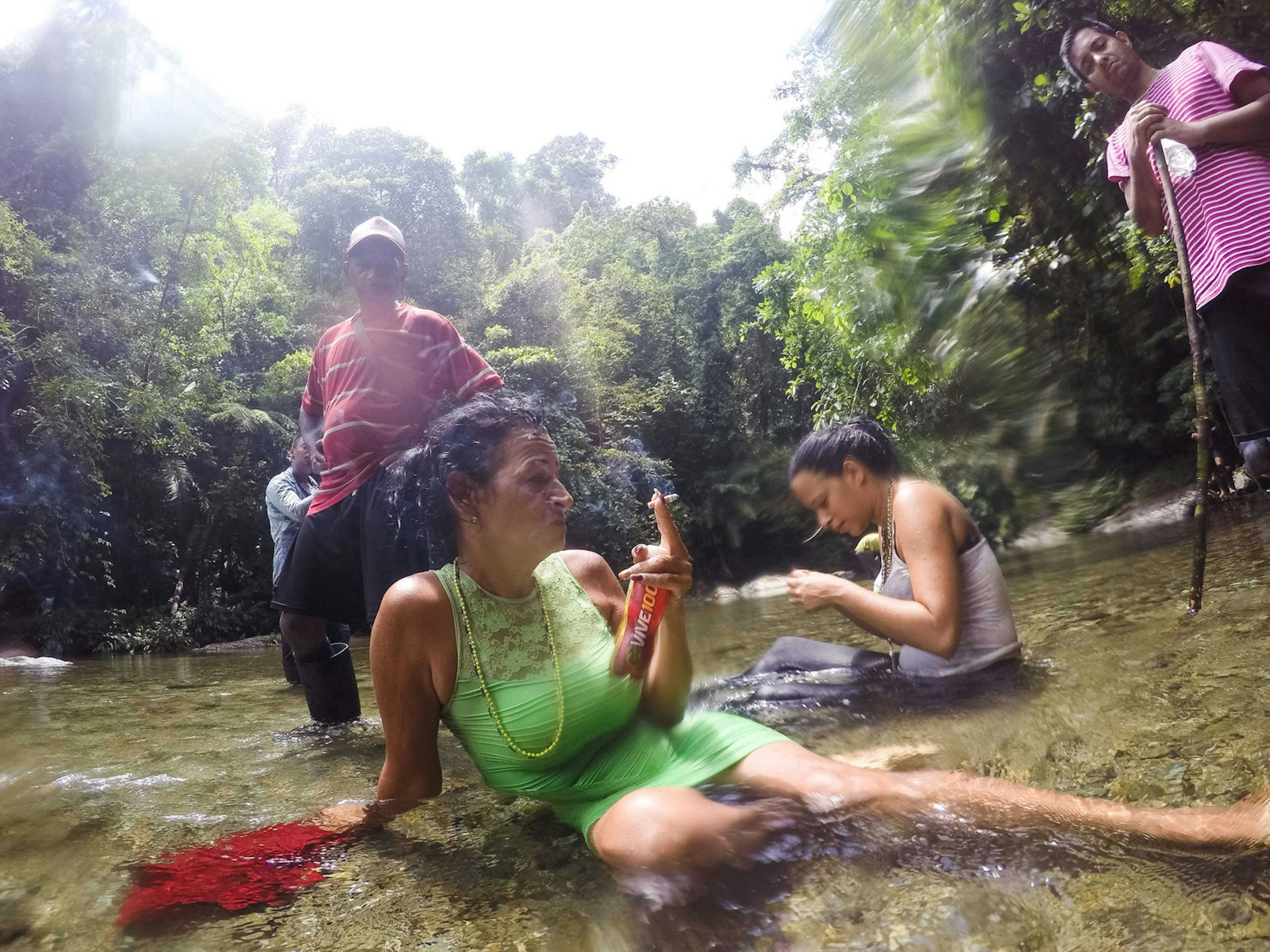
Go the distance
In A Migration Story, photojournalist Lisette Poole spent 51 days chronicling two Cuban women on their journey to the US. Via smugglers and roadless jungles, she travelled illegally through 11 different countries. “Ethics are of the utmost importance to me,” she explains. “But as a photographer, there was no way to document this story without putting myself in their shoes.”

Empower resistance
When sociologist Steven Dublin stumbled across a collection of old portraits, it set in motion a chain of events which concluded with him discovering the life and work of S.J. ‘Kitty’ Moodley, a photographer born into an Indian family living in South Africa in 1922. Moodley himself was renegade who inspired resistance, be it via his experimentation with photographic traditions or his role in the anti-apartheid movement. “There could be one [photo] I’ve seen a hundred times and suddenly I’ll see a little detail I hadn’t noticed before,” Dublin notes. “There’s always something new to learn because that stuff is just that powerful.”
See the work of the featured photographers in Rule-Breakers: The Exhibition.
Enjoyed this article? Like Huck on Facebook or follow us on Twitter.
